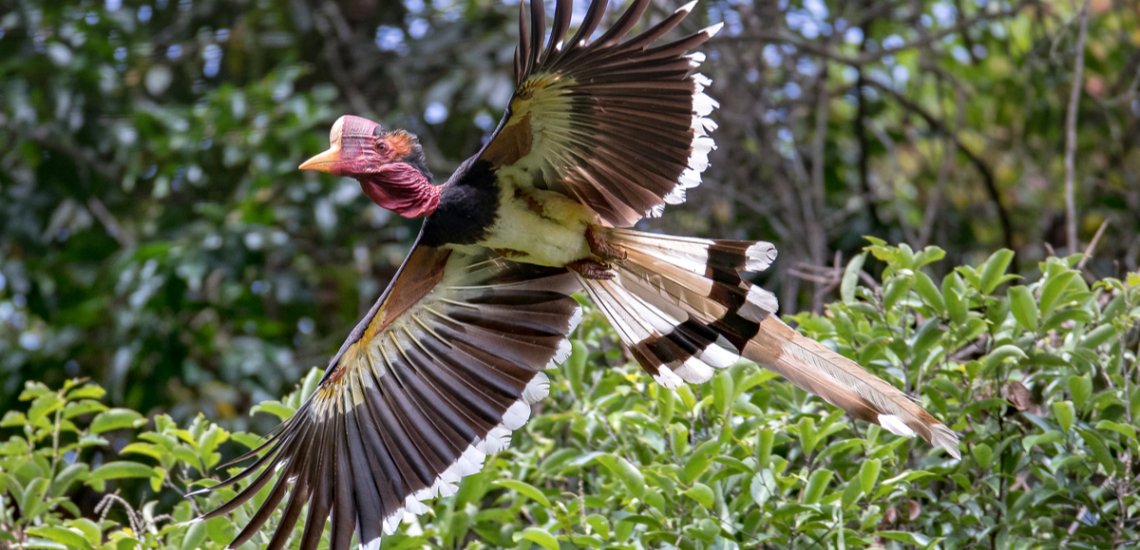
Hotspots of exploitation: where are species under greatest threat?
A new paper pinpoints global hotspots for unsustainable commercial harvesting of species to prioritise efforts tackling one of the greatest threats to nature.
By now, almost everyone knows that many rhinoceros species around the world are threatened with extinction because of commercial overexploitation for their horns, which are sold on the black market. Likewise, all pangolin species have been pushed to the brink of extinction, particularly by hunting for their meat and scales. Unsustainable exploitation is the greatest threat to marine species and the second most important threat to terrestrial species (after unsustainable agriculture). But little information is available on where such impacts are concentrated across the world.
A new study, published in Science Advances, has revealed the areas with the greatest concentration of unsustainable commercial harvesting (such as poaching, over-fishing, hunting and collection of plants). It used data on over 4500 threatened and Near Threatened species of birds, mammals, amphibians, reptiles, fish, invertebrates and plants that are threatened by unsustainable harvesting (including hunting, fishing and logging).
Examples include the Helmeted Hornbill from South-East Asia which is heavily hunted for its remarkable beak, which is carved for decoration or used in traditional medicine. The Dama Gazelle of North Africa is threatened by uncontrolled hunting for food. And many shark species are threatened by targeted fishing and bycatch.
To determine where these threats may be most intense, the authors used data on accessibility to urban areas and transport infrastructure on land, and standardized data on fishing catch rates at sea. They found that the areas likely to be under highest intensity threat cover just 4.3% of the land and 6.1% of the seas, but contain 82% of all species threatened by unsustainable harvesting and over 80% of the ranges of Critically Endangered species threatened by unsustainable harvesting.
“This represents a significant conservation opportunity, as interventions to reduce exploitation rates to sustainable levels in these hotspots would deliver disproportionate conservation benefits” said Dr Stuart Butchart, Chief Scientist at BirdLife International and co-author of the study.